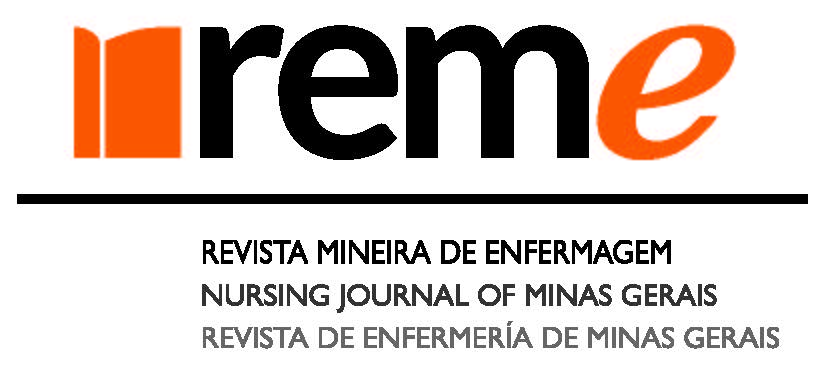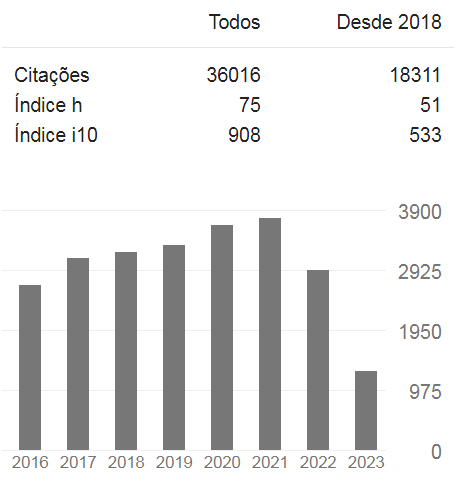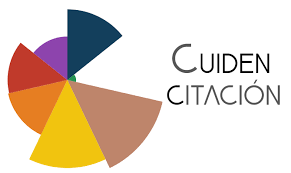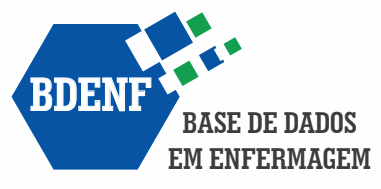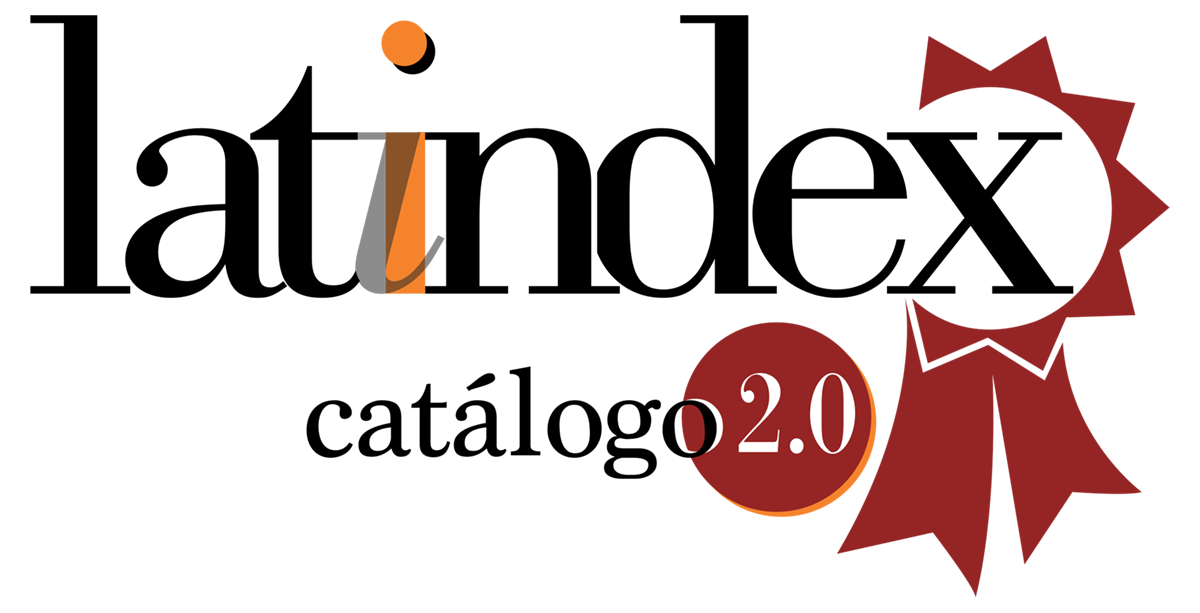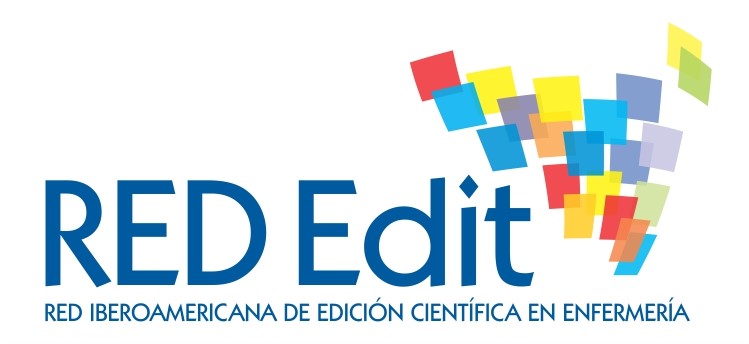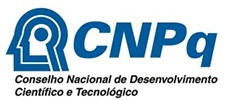The simulation of cardiopulmonary resuscitation and the knowledge of rescuers
A quasi-experimental study
DOI:
https://doi.org/10.35699/reme.v26i.39427Keywords:
Knowledge, Heart Arrest, Simulation Technique, Cardiopulmonary ResuscitationAbstract
Objective: to compare the knowledge of rescuers before and after training in cardiopulmonary resuscitation with the realistic simulation method. Method: this is a quasi-experimental study carried out with 41 Basic Life Support rescuers covering 8 bases of the 18th Regional Health of Paraná. The rescuers responded to the Instrument for Assessment of Training in Cardiopulmonary Resuscitation applied before and after the realistic simulation. Results: there was a statistically significant difference (p < 0.02) in 6 of the 10 questions, which addressed: the sequence of cardiopulmonary resuscitation maneuvers; the electrical charge of the automatic external defibrillator; the position, depth, and speed of chest compressions; the compression/ventilation ratio; and the handling of the automatic external defibrillator. In the other two questions — recognition of cardiorespiratory arrest and positive pressure ventilation device — there was no change in the answer alternative. There were 60% of correct answers for the questions when assessing prior knowledge and 90% of correct answers after the phases of the realistic simulation. Conclusion: rescuers did not fully complete the pre-test questionnaire; however, after the realistic simulation strategy, there was a significant increase in this knowledge. These results showed an improvement in the cognitive knowledge of rescuers after the simulation, which was confirmed by the increase in knowledge expressed in the post-test. This methodology can also be successfully applied to this professional category.
Downloads
References
Bryant K, Aebersold ML, Jeffries PR, Kardong-Edgren S. Innovations in simulation: Nursing leaders' exchange of best practices. Clin Simul Nurs. 2019[citado em 2021 abril 14];41:33-40. Disponível em: https://e-tarjome.com/storage/panel/fileuploads/2020-04-29/1588156583_E14790-e-tarjome.pdf
Jeffries PR. The NLN Jeffries simulation theory. Wolters Kluwer, New York: National League for Nursing, 2016.
Linn AC, Caregnato RCA, Souza EM. Clinical simulation in nursing education in intensive therapy: an integrative review. Rev Bras Enferm. 2019[citado em 2021 abril 14];72(4):1061-70. Disponível em: http://www.scielo.br/scielo.php?script=sci_arttext&pid=S0034-71672019000401061&lng=en
Ng YY, Leong SHB, Ong MEH. The role of dispatch in resuscitation. Singapore Med J. 2017[citado em 2021 abril 14];58(7):449-52. Disponível em: https://pubmed.ncbi.nlm.nih.gov/28741009/
Sayed ME, Assad RA, Aad YA, Gharios N, Refaat MM, Tamim H. Measuring the impact of emergency medical services (EMS) on out-of-hospital cardiac arrest survival in a developing country. Med (NY). 2017[citado em 2021 abril 14];96(29): e7570. Disponível em: https://pubmed.ncbi.nlm.nih.gov/28723789/
American Heart Association. Guidelines for cardiopulmonary resuscitation and emergency cardiovascular care [Internet]. Dallas: American Heart Association; 2020[citado em 2021 abril 14]. Disponível em: https://cpr.heart.org/-/media/cpr-files/cpr-guidelines files/highlights/hghlghts_2020eccguidelines_portuguese.pdf
Moura JG, Brito MPS, Rocha GOS, Moura LTR. The Knowledge and Acting of a Nursing Team from a Sector of Cardiorespiratory Arrest Urgent Care. Rev Fund Care Online. 2019[citado em 2021 abril 14];11(3):634-40. Disponível em: http://www.seer.unirio.br/index.php/cuidadofundamental/article/view/6640/pdf
Yan S, Gan Y, Jiang N, Wang R, Chen Y, Luo Z, et al. The global survival rate among adult out-of-hospital cardiac arrest patients who received cardiopulmonary resuscitation: a systematic review and meta-analysis. Crit Care. 2020[citado em 2021 abril 14];24(1):61. Disponível em: https://pubmed.ncbi.nlm.nih.gov/32087741/
Rudolph JW, Simon R, Dufresne RL, Raemer DB. There's no such thing as "nonjudgmental" debriefing: a theory and method for debriefing with good judgment. Simul Healthc. 2006[citado em 2021 abril 14];1(1):49-55. Disponível em: https://journals.lww.com/simulationinhealthcare/Fulltext/2006/00110/There_s_No_Such_Thing_as__Nonjudgmental_.6.aspx/
Lucas MG, Nalin GV, Sant’Anna ALGG, Oliveira SA, Machado RC. Validation of content of an instrument for evaluation of training in cardiopulmonary resuscitation. REME. 2018[citado em 2021 abril 15];22:e-1132. Disponível em: https://www.scielo.br/j/reben/a/xs83trTCYB6bZvpccTgfK3w/?lang=en
American Heart Association. Guidelines for cardiopulmonary resuscitation and emergency cardiovascular care. 2015[citado em 2021 abril 15]. Disponível em: https://eccguidelines.heart.org/wp-content/up loads/2015/10/2015-AHA Guidelines-High lights-Portuguese.pdf
Saramma PP, Raj LS, Dash PK, Sarma PS. Assessment of long-term impact of formal certified cardiopulmonary resuscitation training program among nurses. Indian J Crit Care Med. 2016[citado em 2021 abril 15];20(4):226-32. Disponível em: https://www.ncbi.nlm.nih.gov/pmc/articles/PMC4906335/
Meira Júnior LE, Souza FM, Almeida LC, Veloso GGV, Caldeira AP. Avaliação de treinamento em suporte básico de vida para médicos e enfermeiros da atenção primária. Rev Bras Med Fam Comunidade. 2016[citado em 2021 abril 15];11(38):1-10. Disponível em: https://rbmfc.org.br/rbmfc/article/view/1231
Salazar ERS, Gaspar ESL, Santos MS. Diretrizes da American Heart Association para ressuscitação cardiopulmonar: conhecimento de socorristas. Rev baiana enferm. 2017[citado em 2021 abril 15];31(3):e20449. Disponível em: https://periodicos.ufba.br/index.php/enfermagem/article/view/20449/0
Brasil. Ministério da Saúde. Portaria n. 2048, de 5 de novembro de 2002. Dispõe sobre o Regulamento Técnico dos Sistemas Estaduais de Urgência e Emergência. Brasília: Ministério da Saúde; 2002[citado em 2021 abril 15]. Disponível em: https://bvsms.saude.gov.br/bvs/saudelegis/gm/2002/prt2048_05_11_2002.html
Martins AR, Silva ML, Carvalho MTM, Nascimento JSG, Toledo DO, Silva JL, et al. Ensino de ressuscitação cardiopulmonar por meio de videoaula. Rev enferm UFPE on line. 2020[citado em 2021 abril 15];14:e243145. Disponível em: https://periodicos.ufpe.br/revistas/revistaenfermagem
Martins JCA. Aprendizagem e desenvolvimento em contexto de prática simulada. Rev Enf Ref. 2017[citado em 2021 abril 15];IV(12):155-62. Disponível em: https://www.redalyc.org/pdf/3882/388250148003.pdf
Klippel C, Nieto ECB, Santos HAS, Emmerick LG, Costa LCR, Silva RCL. Contribuição do debriefing no ensino baseado em simulação. Rev enferm UFPE on line. 2020[citado em 2021 abril 15];14:e241872. Disponível em: https://periodicos.ufpe.br/revistas/revistaenfermagem
Espíndola MCM, Espíndola MMM, Moura LTR, Lacerda LCA. Parada cardiorrespiratória: conhecimento dos profissionais de enfermagem em uma unidade de terapia intensiva. Rev enferm UFPE on line. 2017[citado em 2021 abril 15]; 11(7):2773-8. Disponível em: https://periodicos.ufpe.br/revistas/revistaenfermagem/article/view/23452/19162
Oliveira SN, Massaroli A, Martini JG, Rodrigues J. Da teoria à prática, operacionalizando a simulação clínica no ensino de enfermagem. Rev Bras Enferm. 2018[citado em 2021 abril 15];71(Suppl 4):1791-98. Disponível em: http://www.scielo.br/scielo.php?script=sci_arttext&pid=S0034-71672018001001791&lng=en
Oliveira SFG, Moreira SMBP, Vieira LL, Gardenghi G. Conhecimento de parada cardiorrespiratória dos profissionais de saúde em um hospital público: estudo transversal. Rev Pesq Fisio. 2018[citado em 2021 abril 15];8(1):101-9. Disponível em: https://www5.bahiana.edu.br/index.php/fisioterapia/article/view/1830/1750
Lima MN, Gaspar FDR, Mauro TGS, Arruda MAM, Abbad GS. Retenção da aprendizagem após treinamento em Suporte Básico de Vida com uso de simulação de baixa fidelidade em uma unidade hospitalar odontológica. Sci Med (Porto alegre). 2018[citado em 2021 abril 15];28(1): ID29410. Disponível em: https://www.researchgate.net/publication/324100585
Abelsson A, Rystedt I, Suserud BO, Lindwall L. Learning high-energy trauma care through simulation. Clin Simul Nurs. 2018[citado em 2021 abril 15];17:1-6. Disponível em: https://www.researchgate.net/publication/322224218
Kawakame PMG, Miyadahira AMK. Avaliação do processo ensino-aprendizagem de estudantes da área da saúde: manobras de ressuscitação cardiopulmonar. Rev Esc Enferm USP. 2015[citado em 2021 abril 15];49(4):657-64. Disponível em: http://www.scielo.br/scielo.php?script=sci_arttext&pid=S0080-62342015000400657&lng=en
Gauna SR, Irusta U, Ruiz J, Ayala U, Aramendi E, Eftestol T. Rhythm analysis during cardiopulmonary resuscitation: past, present, and future. Biomed Res In. 2014[citado em 2021 abril 15];2014:386010. Disponível em: https://pubmed.ncbi.nlm.nih.gov/24527445/
Additional Files
Published
How to Cite
Issue
Section
License
Copyright (c) 2022 REME-Revista Mineira de Enfermagem

This work is licensed under a Creative Commons Attribution 4.0 International License.

